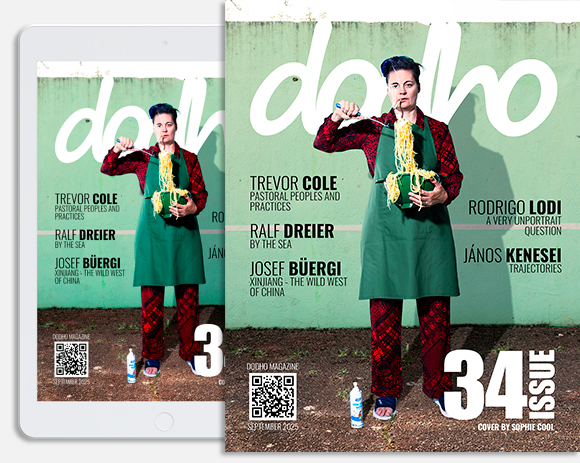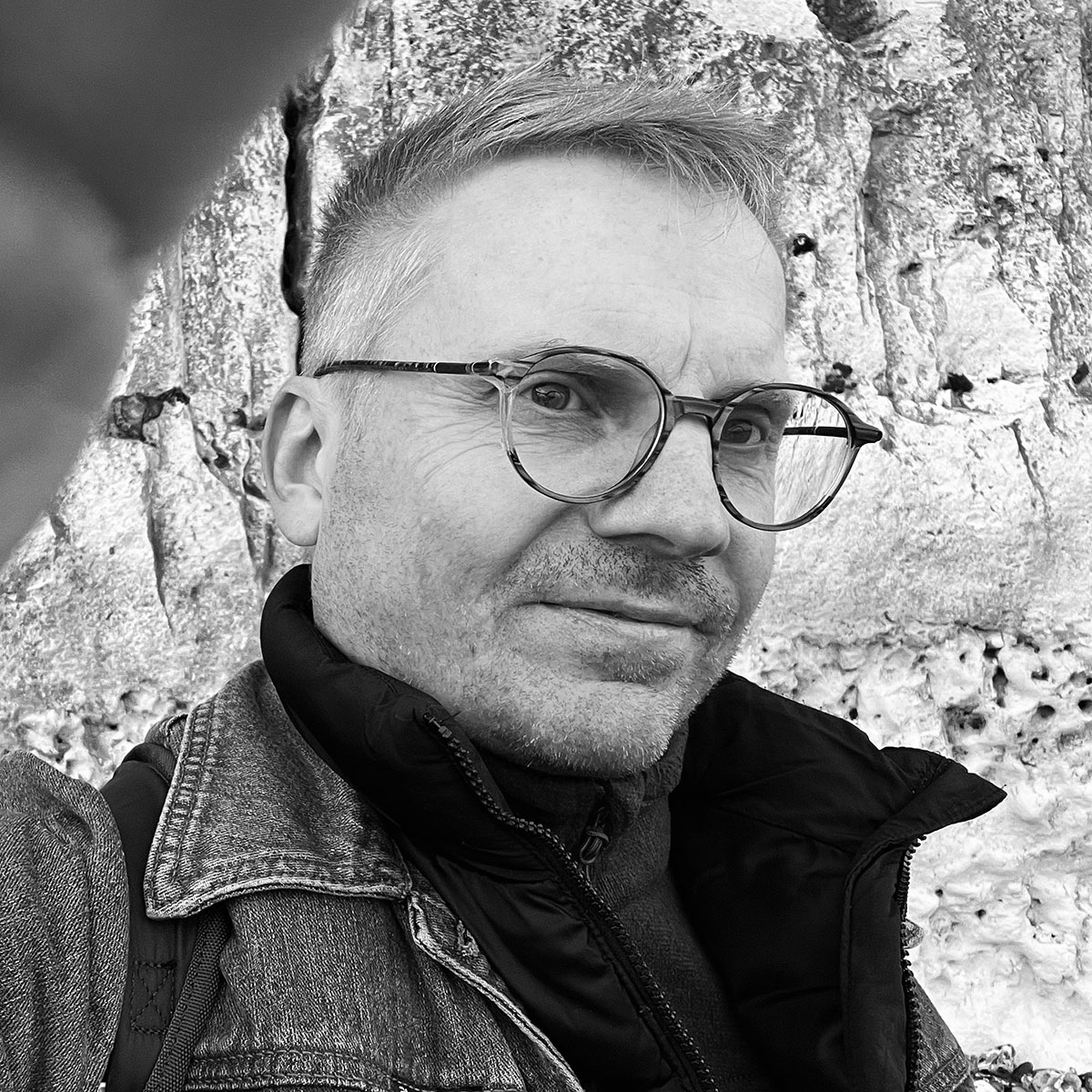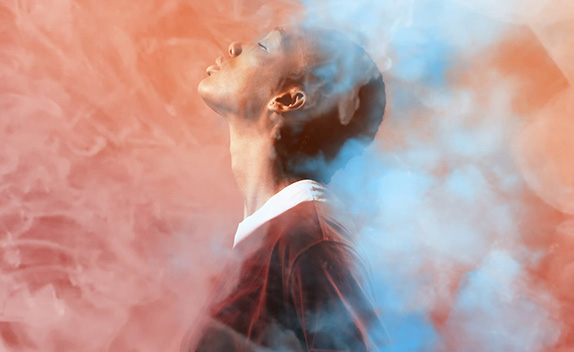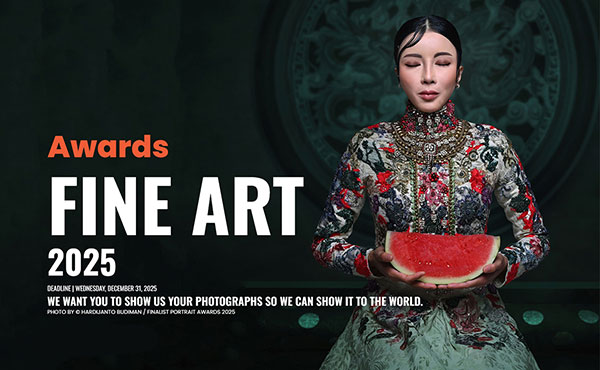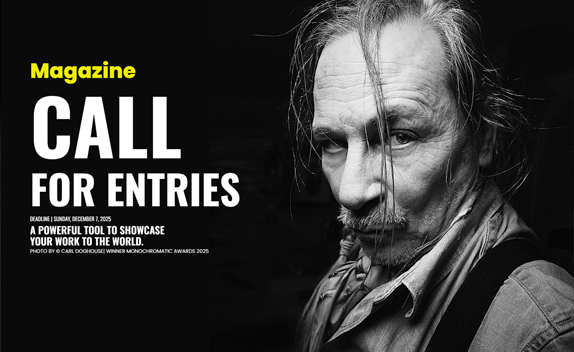What drives someone to make images in an age where everything seems already seen?
In a world overflowing with photographs, where meaning often dissolves into repetition, how does one find clarity, purpose, and poetry?
This conversation opens a window into the quiet journey of Johan Letellier, a self-taught photographer who discovered his calling far from the art world, in the stillness of Lapland and the legacy of Cartier-Bresson. From plumbing tools to photographic prints, Johan’s path reflects a devotion to observation, simplicity, and the emotional resonance of everyday life. Here, he speaks about the patience of analogue processes, the discipline of seeing, and how photography became both a craft and a way of being.
Johan Letellier discovered his passion for photography in 1995 during a trip to Lapland, where the work of Henri Cartier-Bresson left a lasting impression on him. Though he continued working as a plumber, he soon enrolled in a photography workshop to learn black and white printing techniques. Over the years, Johan began documenting meaningful moments and gradually exhibited his work in various shows. For two decades, he worked as a dermatological photographer, all while refining his artistic eye and cultivating a deep, personal approach to photography.
What’s the point of taking photographs today, when there are already millions of similar ones out there?
It’s like boxing. There are plenty of other competitors, and yet you still practice the noble art. You push yourself to give the best of who you are. Photography is the same. You have to be driven by passion, transcend yourself, and keep your goal focused on creating beautiful images. Because it brings you joy. A man without passion is a man already dead, doomed to depression.
Do you feel more inspired or overwhelmed by the daily flood of circulating images?
To be honest, few images inspire me because of a kind of global blandness—except for documentary or landscape photography. Still, it’s actually a good thing to be constantly overwhelmed by images, even if they don’t concern us directly. They tell stories that might move us to varying degrees. What inspires me is life around me, the way I look at things, and the encounters I have.
How do you make your work stand out from all the visual noise?
By staying true to myself and seeking uniqueness without taking the easy route. Being visually impaired, I’ve learned to compensate and look at the world like a painter composing a canvas—not like a photographer.
Has the saturation of images changed the way you see things?
I’ve come to realize we need to move past all the banality and revisit themes with originality.
Do you think we still really look, or do we just skim with our eyes?
Images are windows into lives. Those who look at them with genuine interest have preserved a certain sensitivity and curiosity. Photography has become so democratized—especially through social media—that anyone can produce images with very little meaning or artistic value. As a result, people enjoy discovering others’ images without ever developing a true culture of looking.
How does the algorithm influence your decisions about what images to share or show?
It’s not an end in itself. Those who want to use it to enhance an image will use the tools the algorithm offers. As for me, I’m old-school, and I’d actually feel guilty manipulating an image—it feels like cheating.
How does the culture of “likes” affect your self-esteem or how you perceive the value of your work?
I’ll admit it’s frustrating to see that lingerie or nude photos with no real artistic intent often get the most attention. It’s voyeurism we’re cultivating, not art.
Do you ever feel pressured to produce more images than you actually need to?
Not at all. I work at my own pace, depending on the ideas that bloom. I prioritize quality over quantity. Shouldn’t ideas have meaning, after all?
What scares you more: public indifference or algorithmic indifference?
Neither. I create images to please myself, to surprise myself just as much as the model. If my images aren’t understood or accepted because they’re different—so be it.
What would you most like to see change—for better or worse—in the world of photography in the coming years?
I’d love to see exhibitions where established and emerging photographers share the same space.
